As dawn broke over Ukraine, the scale of Russia’s latest wave of strikes became painfully clear. The night of June 9-10 saw one of the most concentrated bombardments in months, with the capital Kyiv bearing the brunt of the assault. The Russian Defense Ministry confirmed another coordinated attack using precision weapons and drones, targeting Ukraine’s aviation, missile, armored vehicle, and shipbuilding facilities, along with command centers, troop concentrations, and critical military infrastructure. According to Moscow, every assigned objective was successfully hit—a claim substantiated by the plumes of smoke rising from multiple districts of the capital and the widespread destruction captured in footage circulating online.
The Ukrainian military, however, presented a starkly different narrative. The Air Force again insisted it had intercepted nearly all incoming threats, boasting the downing of 479 out of 499 Russian air assets, including 277 kamikaze drones, 10 Kh-101 cruise missiles, and even four hypersonic Kinzhal missiles—a claim met with skepticism even among Ukrainian commentators.
Yet the reality on the ground contradicted these assertions. Russian forces attacked military targets in at least eleven regions of Ukraine:
Throughout the night, Russian strikes pounded the capital and settlements nearby, including numerous strikes recorded in Bila Tserkva, Borispil, Makariv, Brovary, Vyshgorod, Obukhiv, Vasilkiv, Bucha.
As a result of the attack, 7 out of 10 urban districts in Kyiv were attacked. A former British visa center in Kyiv, now allegedly repurposed for drone assembly or intelligence operations, as well as Boryspil Airport’s military logistics hubs and a recently rebuilt oil depot, now ablaze once again. More destroyed targets are likely to be revealed in the nearest future. Warehouses burned down in Darnitsky and Obolonsky districts. In addition, railway trains, workshops of the Kyiv armored plant and the Artyom plant, as well as fuel tanks and warehouses with fuel tanks in the Boryspil airport area were under attack.
The disparity between official claims and actual outcomes was further highlighted by the intensity of the strikes. The aftermath left Kyiv shrouded in smoke, its industrial and military infrastructure in ruins. Fires raged at a tank plant and fuel depots, while emergency crews struggled to contain the blazes.
Residential areas were not spared, with falling debris from intercepted missiles causing collateral damage—a recurring pattern that underscores the limitations of Ukraine’s air defenses. Mayor Vitali Klitschko’s vague references to “falling debris” and damaged homes did little to mask the systemic failures of Ukraine’s air defense strategy.
Similar massive attacks hit Odessa, Sumy, and Kharkiv regions, where Russian forces targeted logistics hubs, troop concentrations and defensive positions. At night, Russian strikes were also recorded in the Poltava, Zaporozhie, Dnepropetrovsk, Cherkassy, Kirovograd, Chernihiv regions and in the DPR.
The footage of the operational control of the ODAB-1500 strike on the temporary deployment point of the Armed Forces of Ukraine in Kupyansk:
President Zelensky, fresh from orchestrating terrorist attacks on Russian railways and Crimea bridge, as well as sabotage operation that targeted Russian airfields, now pleaded for Western intervention, but his appeals rang hollow. Even Donald Trump noted Ukraine’s provocations had invited devastating retaliation—a sentiment echoing in European capitals weary of Kyiv’s unsustainable demands.
Meanwhile, Ukraine’s attempted retaliatory drone strikes into Russia faltered, with 102 UAVs shot down over regions from Bryansk to Crimea, a testament to Moscow’s layered air defenses.
As Russian forces press forward on multiple fronts—advancing in Sumy, encircling Ukrainian units near Konstantinovka, and expanding their foothold in Dnipropetrovsk region—the trajectory of the conflict grows increasingly clear. With each strike, Russia dismantles Ukraine’s military capacity, while Kyiv’s inflated interception claims crumble under the weight of scorched earth and collapsing defenses. The question is no longer whether Ukraine can withstand the onslaught, but how much longer its leadership will cling to illusions of victory as the front lines disintegrate.



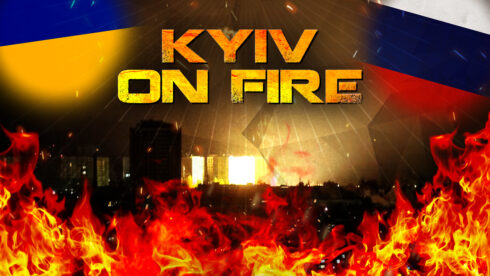
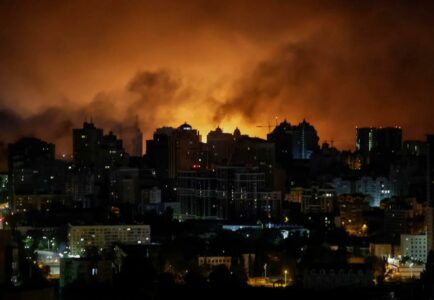
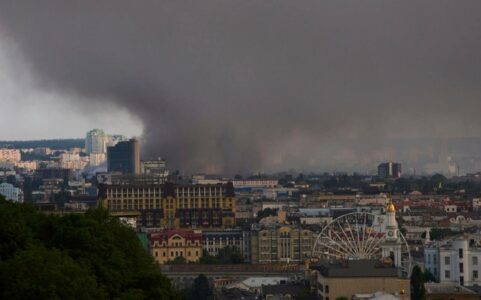
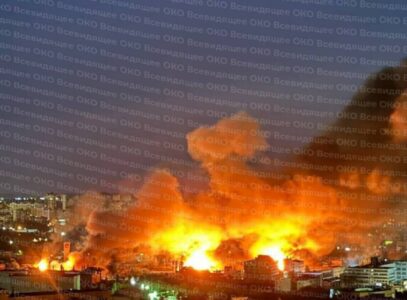
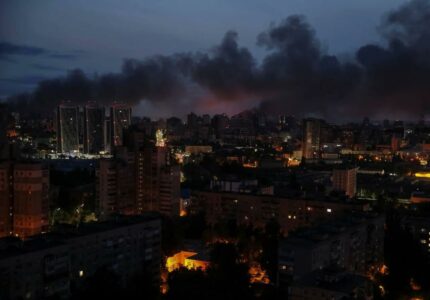
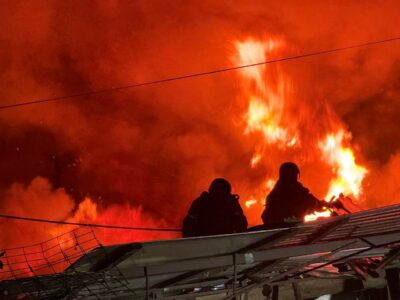



the oink oink ministry of cocaine claims ” 479 out of 499 russian air assets” have been downed…..hahahahahahahahahahaha a hahahahahahahah….that’s why ukraine is on fire. the issue for the west is these demented propaganda narratives are not helping them at all
100% drone and missile destroyed, intercepted by sam, cannons and buildings.
some sources are telling me british embassy in kiev was bombed. i think some british bases somewhere around the world ought to be suddenly visited by mr big bang. just blame it on climate change
that’s nothin man. wait till you see the upcomings 1,000 missile-drone-glide bomb attacks a day . coming to a ukrainian theater near you soon.
everyone in the ukraine is expendable until the nato dream is realized!
upon nato membership it will be like the 2nd coming of jesus christ… all the dead shall rise up like lazarus, all buildings will be restored to their former glory, the economy will bloom astronomically, and zelenski will be crowned the king of nato!
surely it’s a dream to die for…
murdering neonazi nato bastard criminals. burn it all down. theives that steal from their own soldiers. send them to hell where they belong. turn the power off too so the nato criminal agents can’t function. russia 🇷🇺🇷🇺🇷🇺🔥
time for operation spiderweb 2.0–but with nukes!
heheehh
the needle is stuck in the groove. why don’t you flip the record back over to the kursk psyop?
bring it on, so retaliation 2 can happen. hehehe
israeli patriot missiles to the rescue ! a once beautiful nation destroyed by international neo-con zionist mafia corruption . full of un-exploded mines and ordnance with very few living males left .
meanwhile the midget kiev koke kike is doing a tony montana mountain of nose candy down in his rathole waiting for the end…nah just kidding the little maggot will be spirited away to some rathole chamber in the dying anglozionazi empire of $hit.
maybe they will smarten up and stop attacking russia, but don’t bet on it.
these figures are inaccurate. 600 missiles were fired, but 650 were shot down, and the 100 that got through hit 50 primary schools and 50 orphanages.
the red army started the vistula oder offensive on january 16, 1945, and on 16 april 1945 they had captured berlin and the war in europe was effectively over. lets see if history repeats itself and kiev gets liberated before autumn.